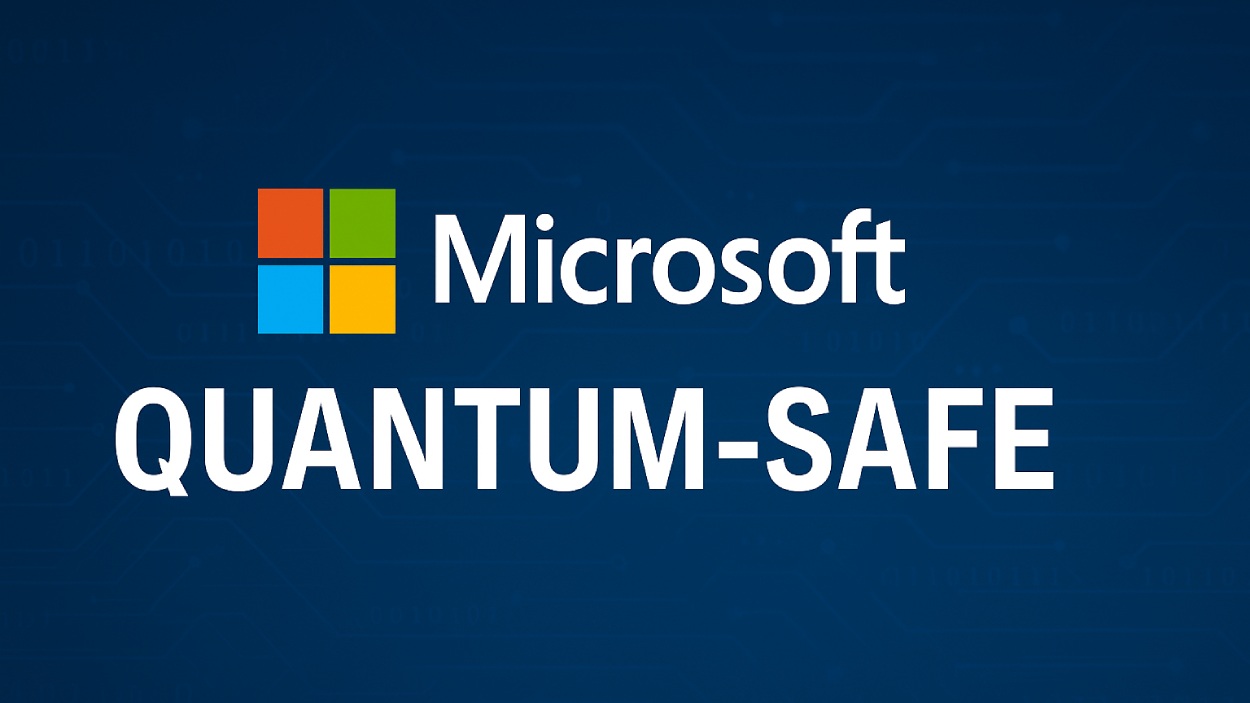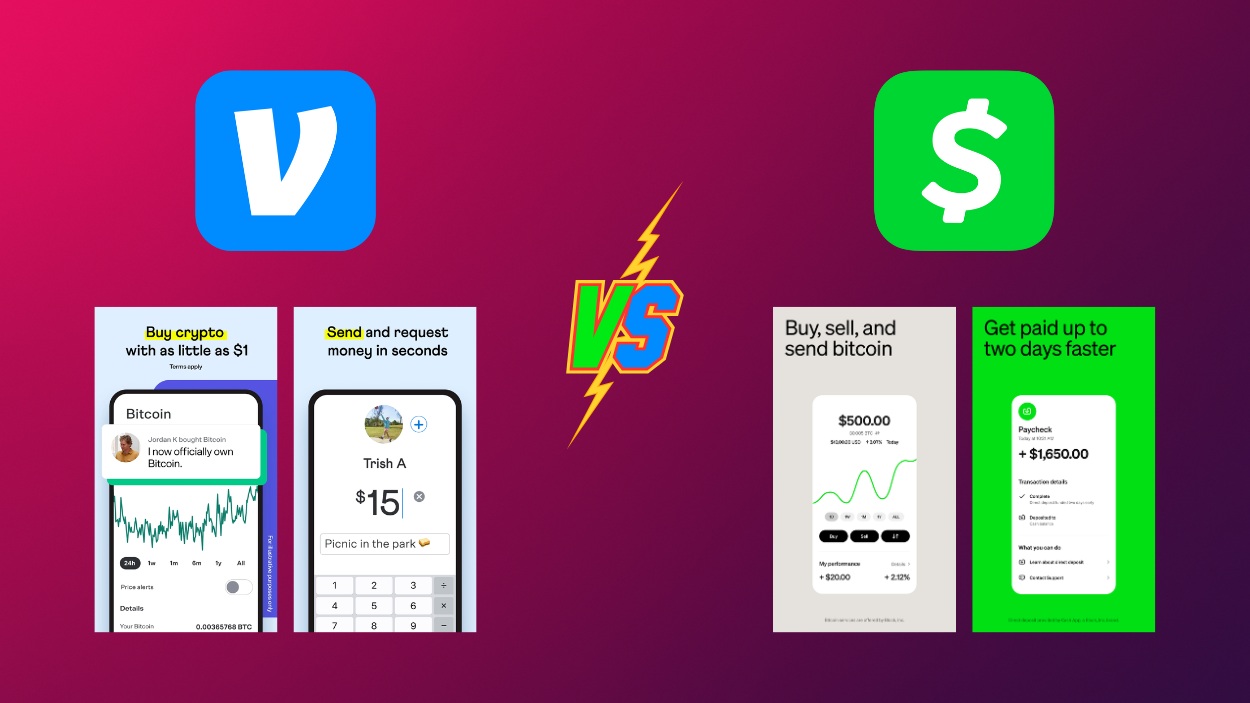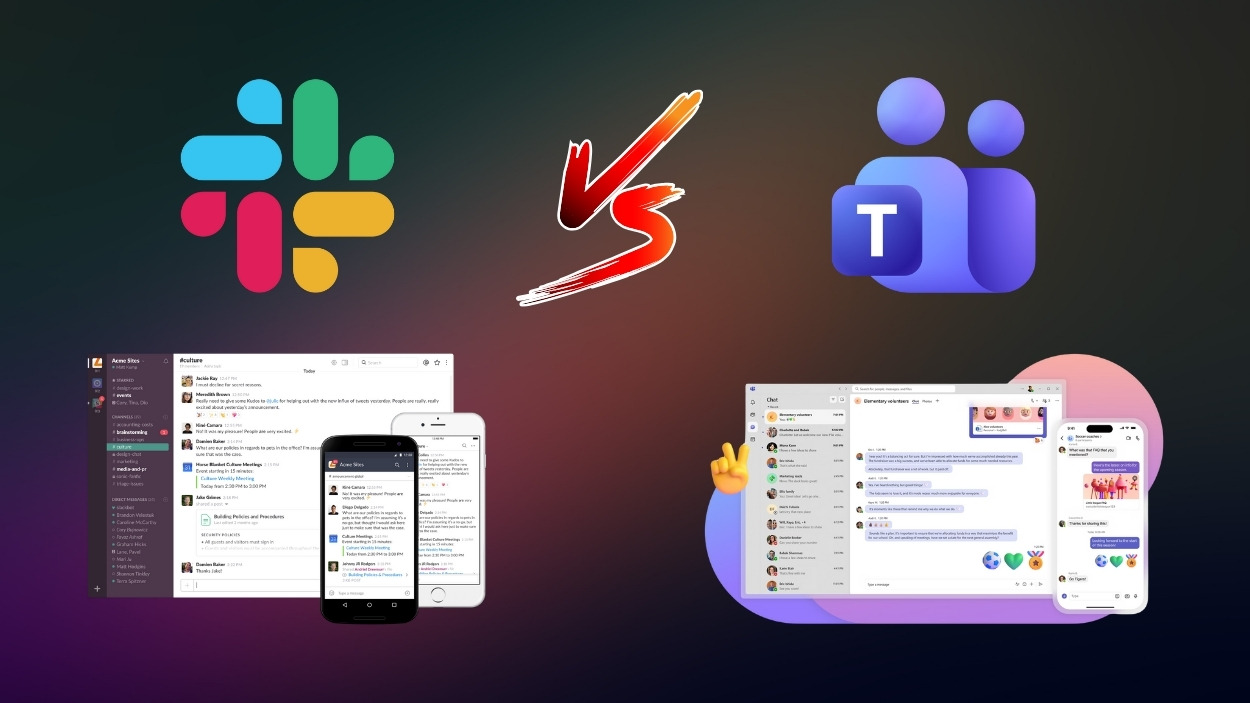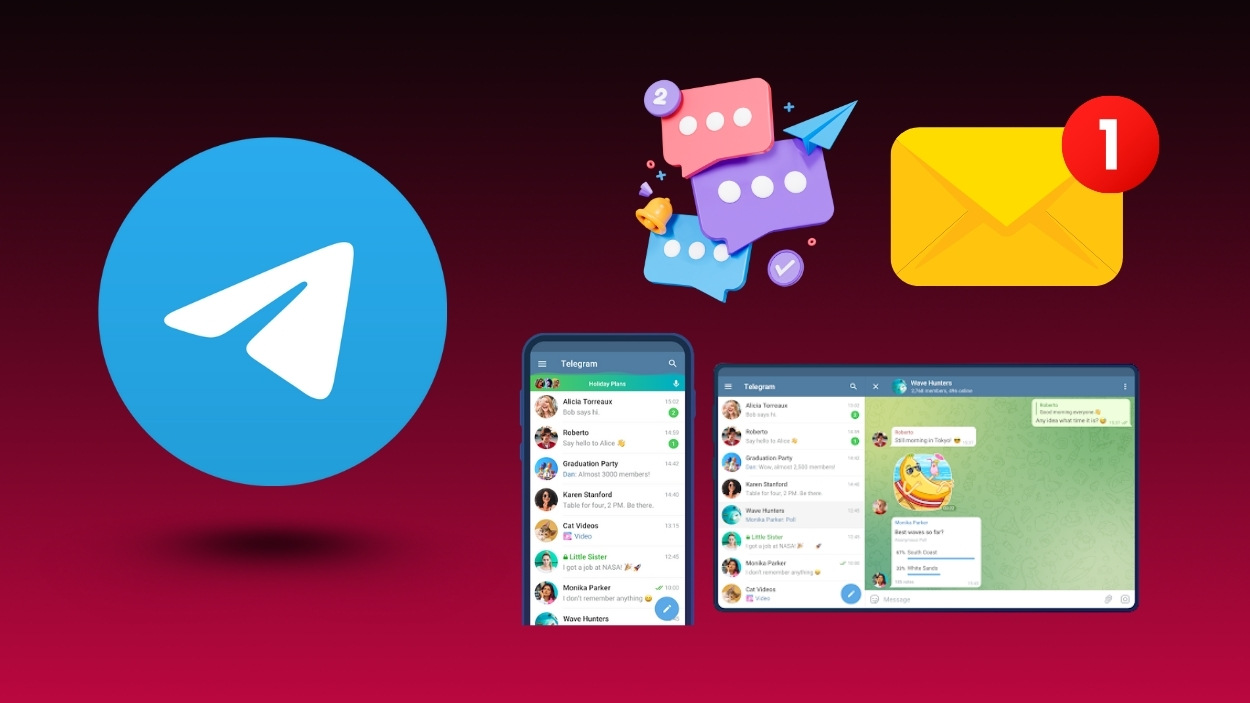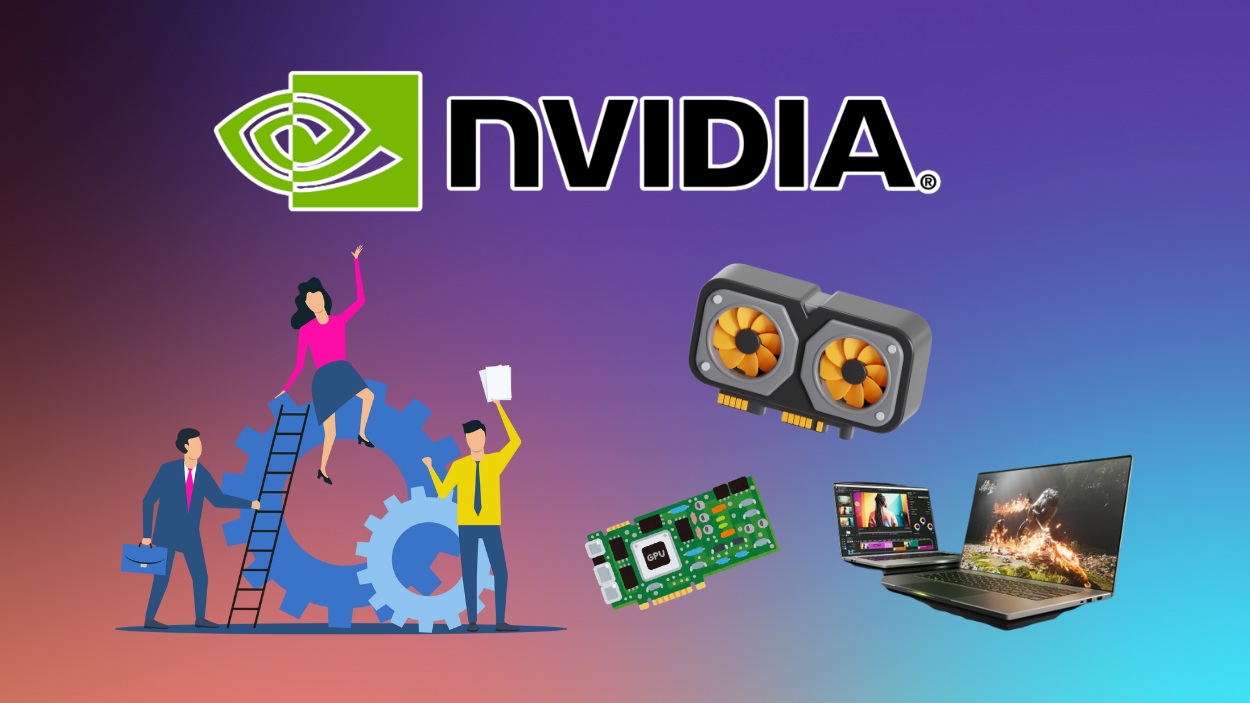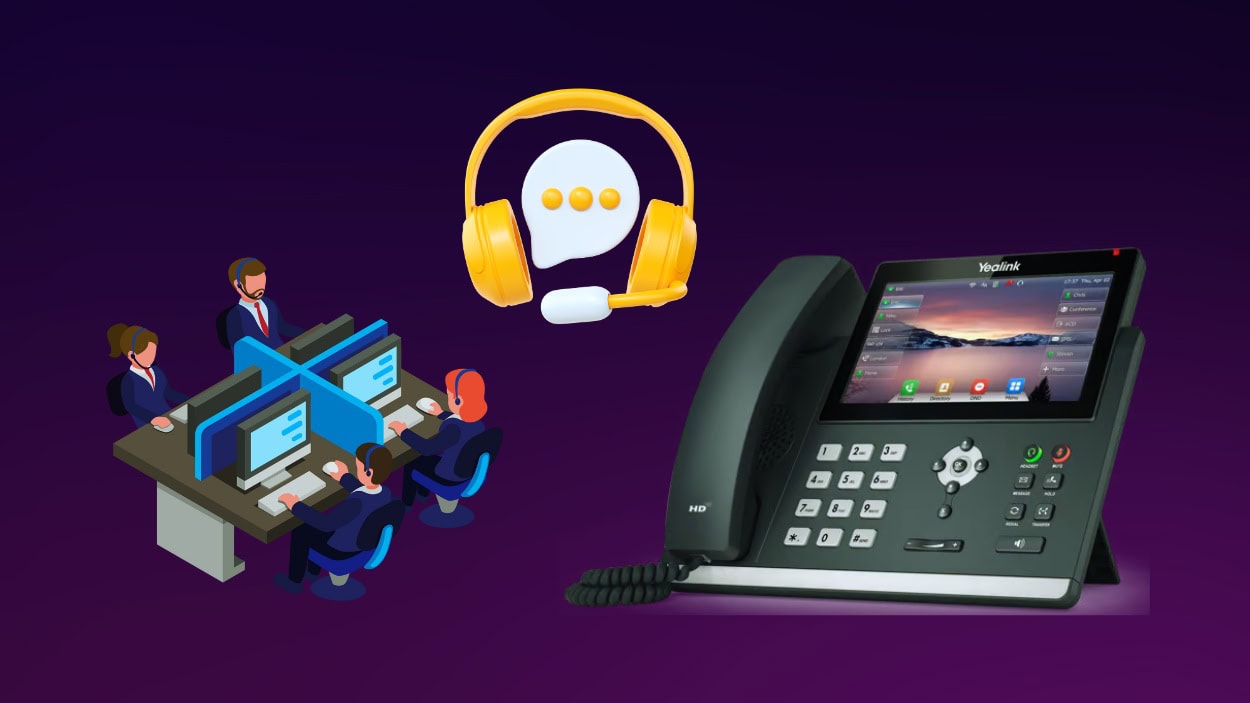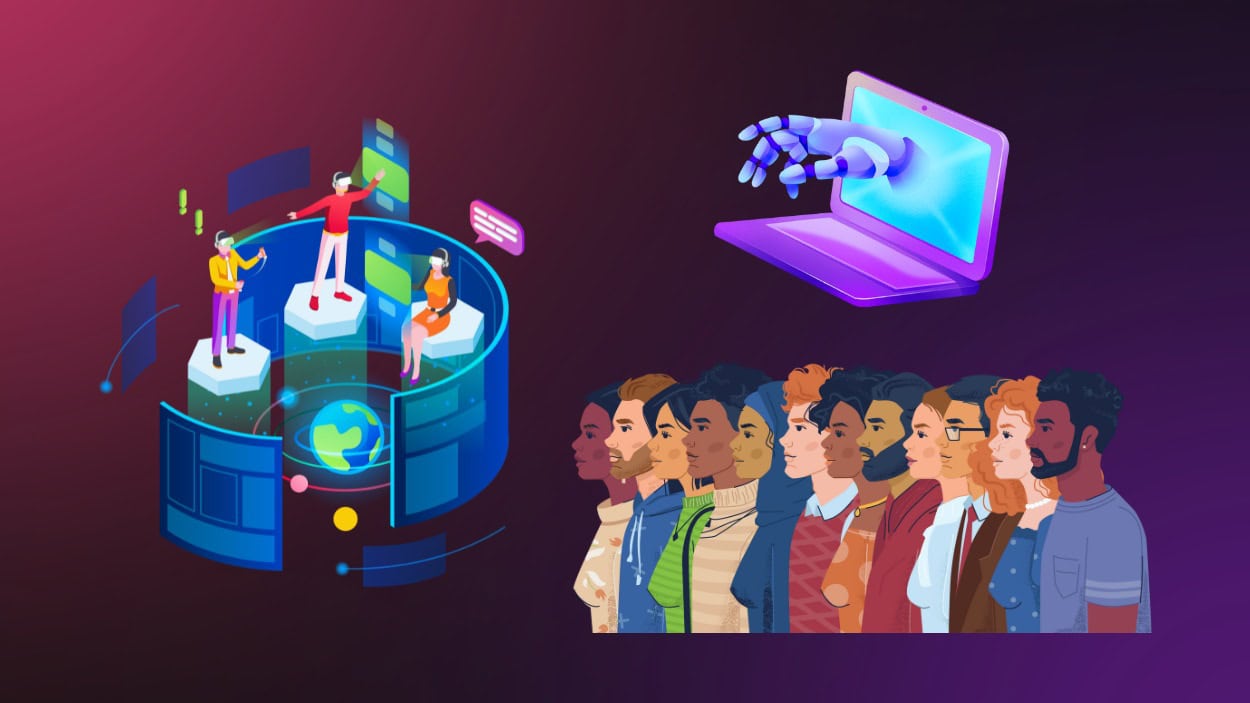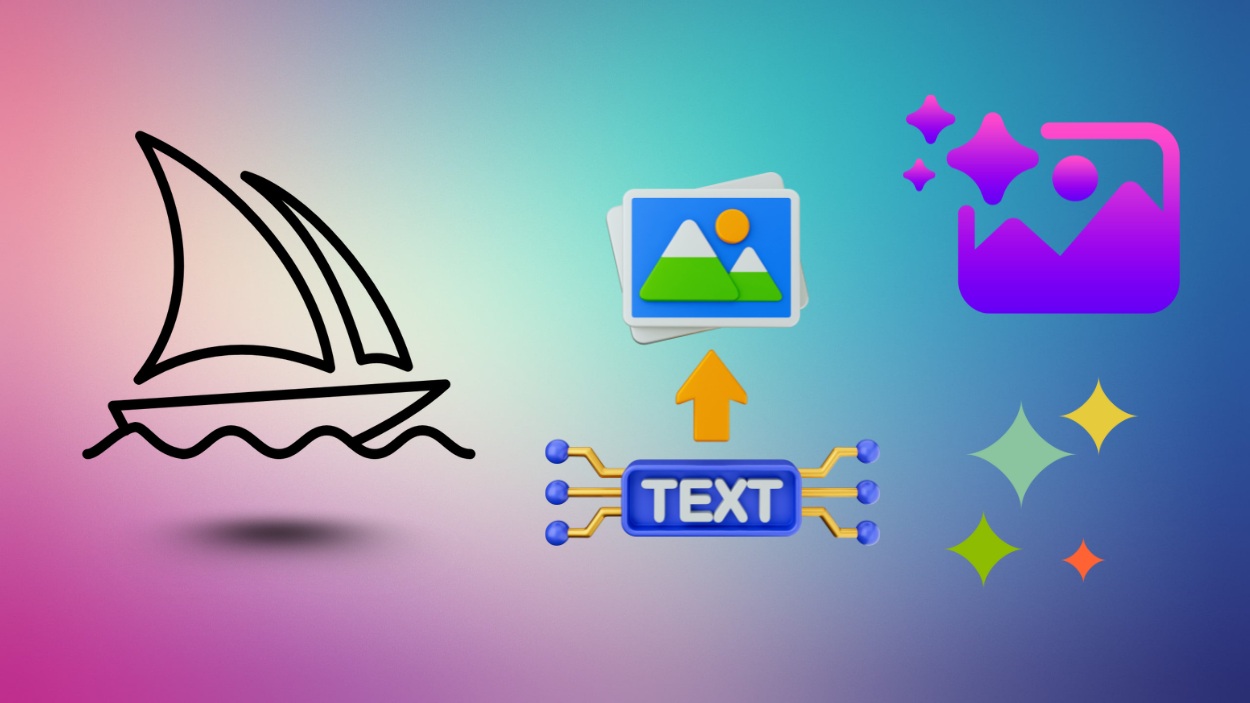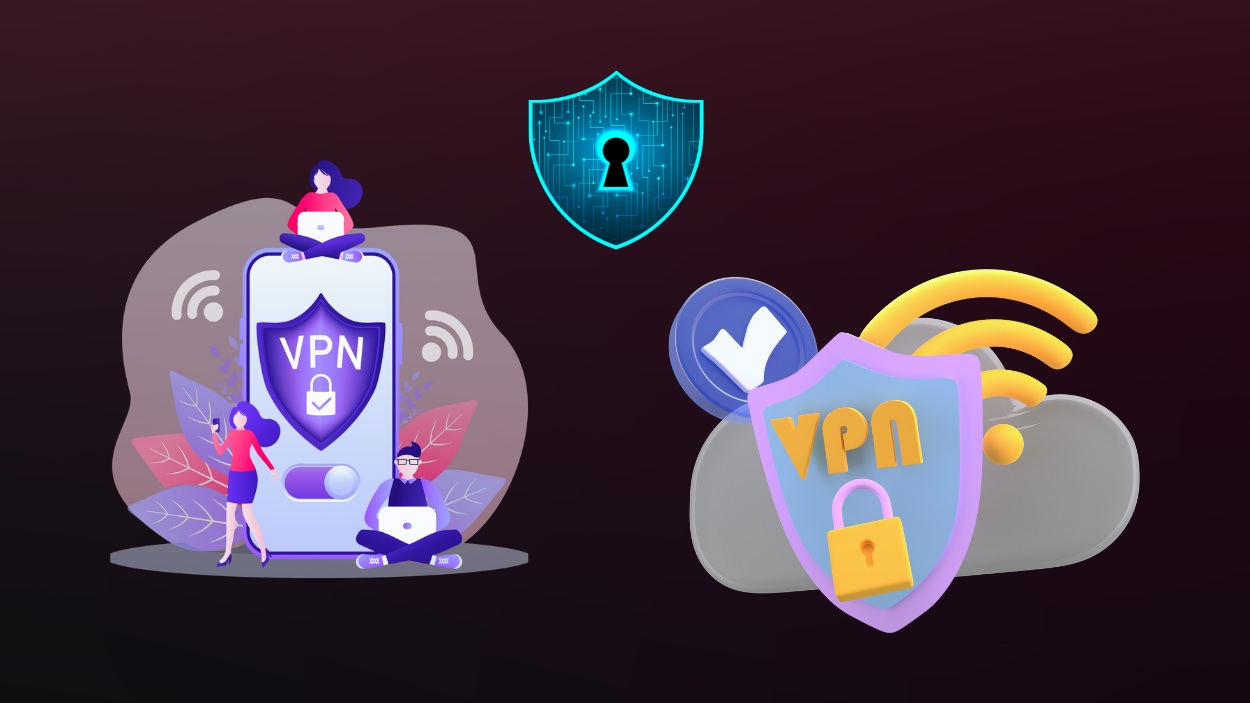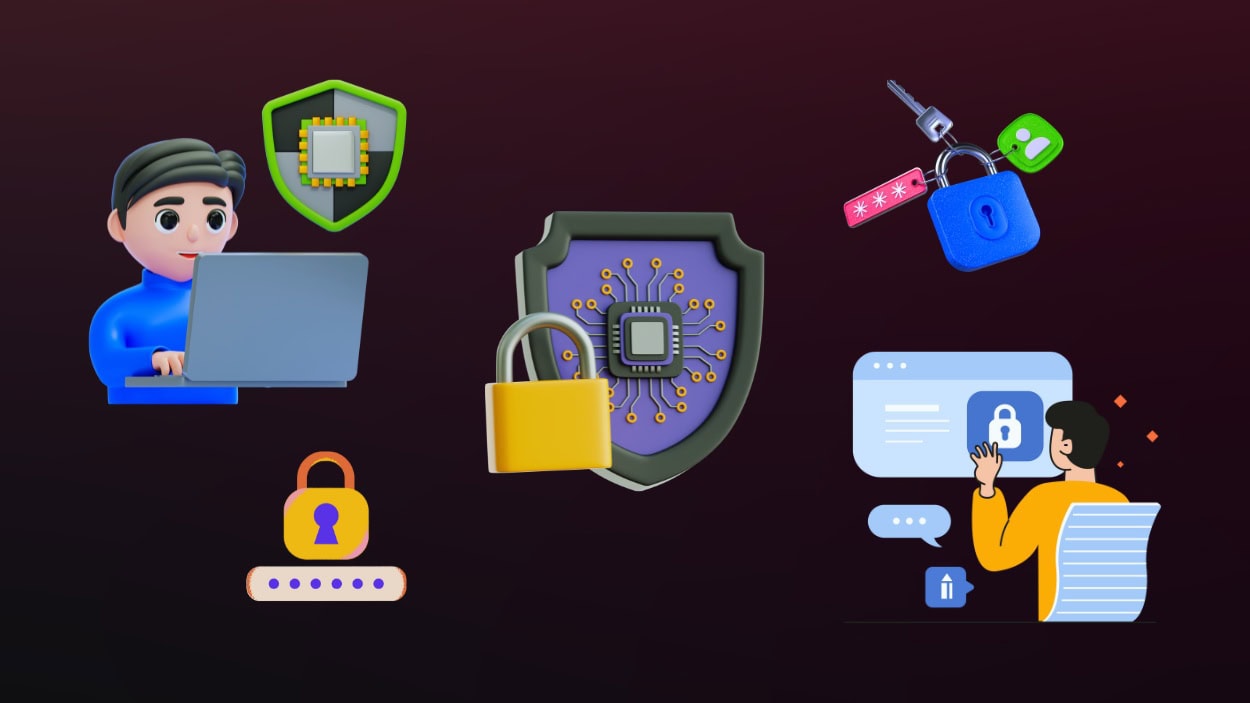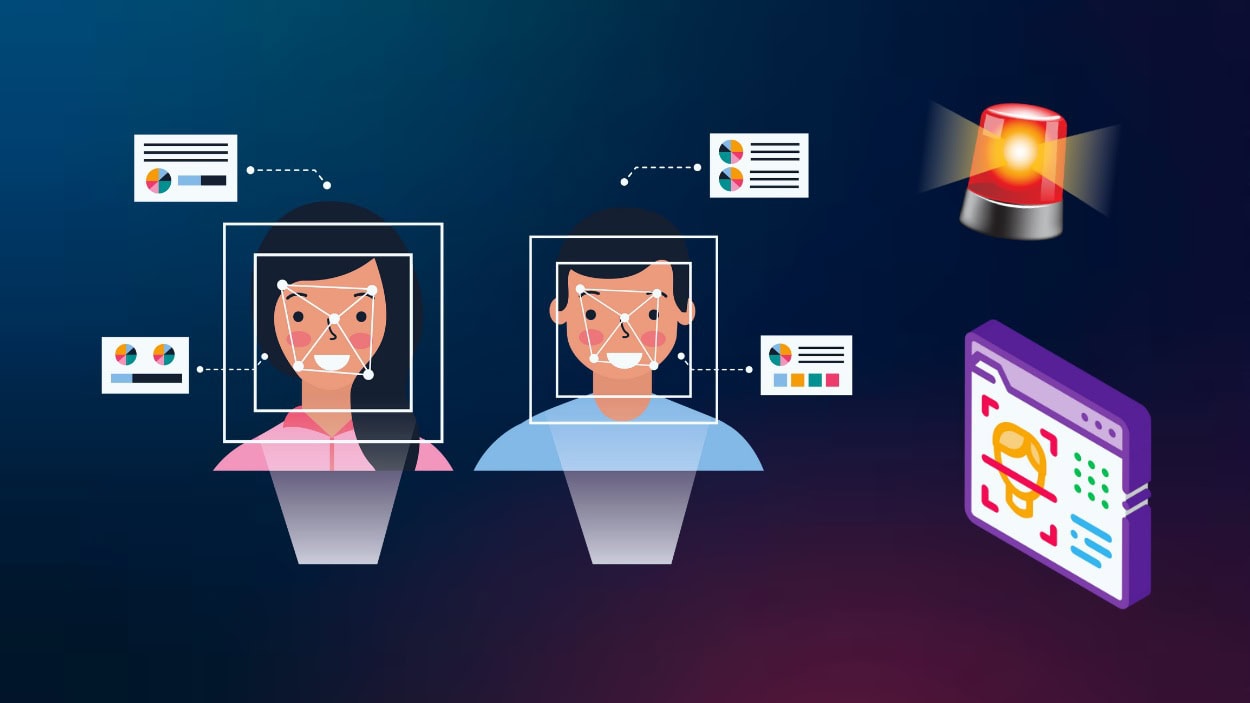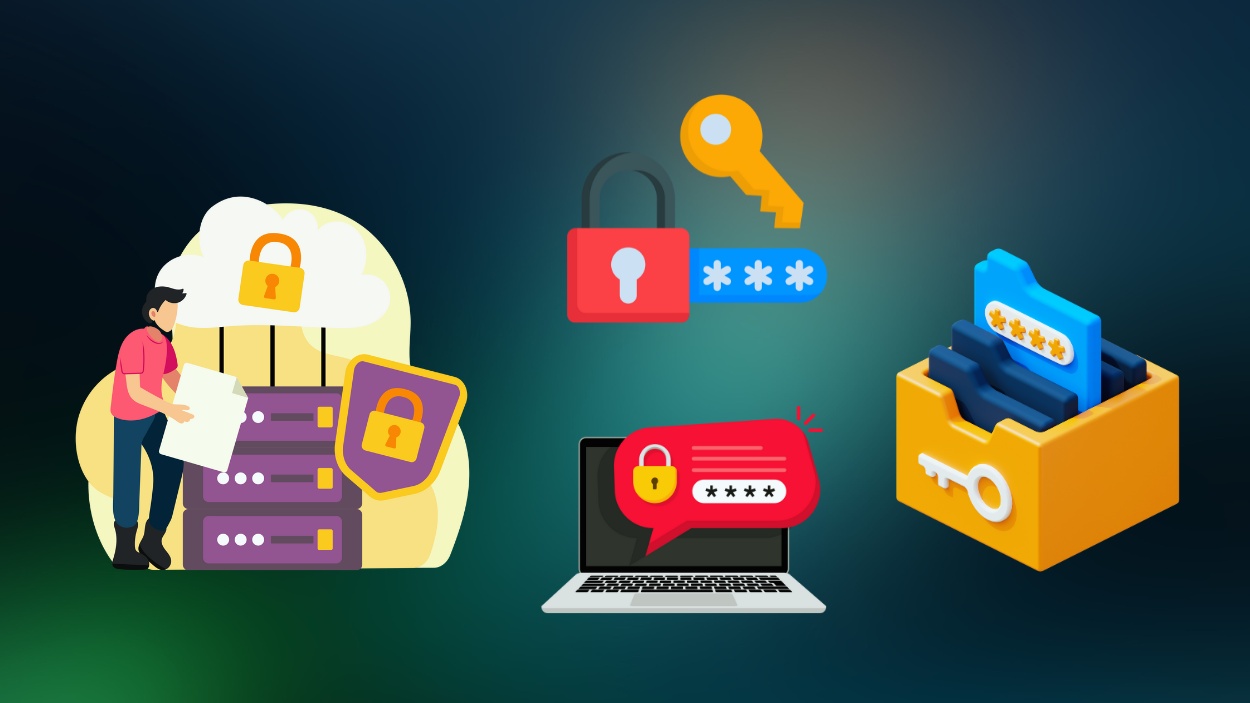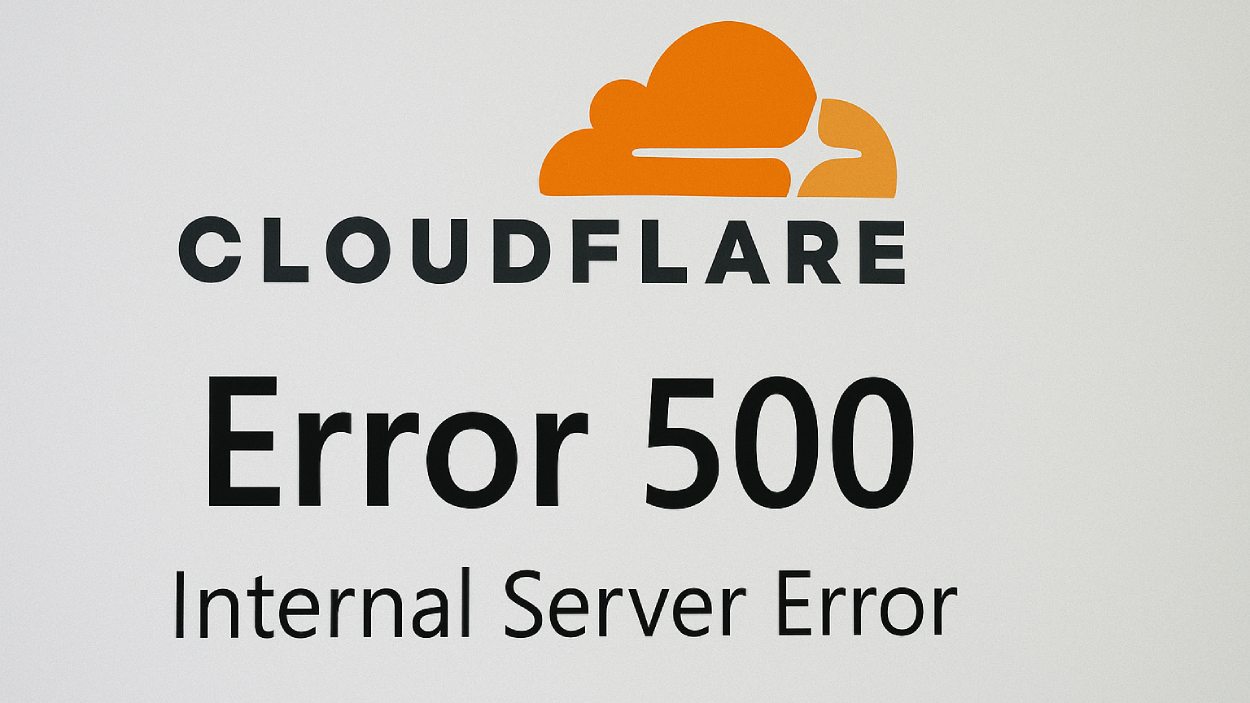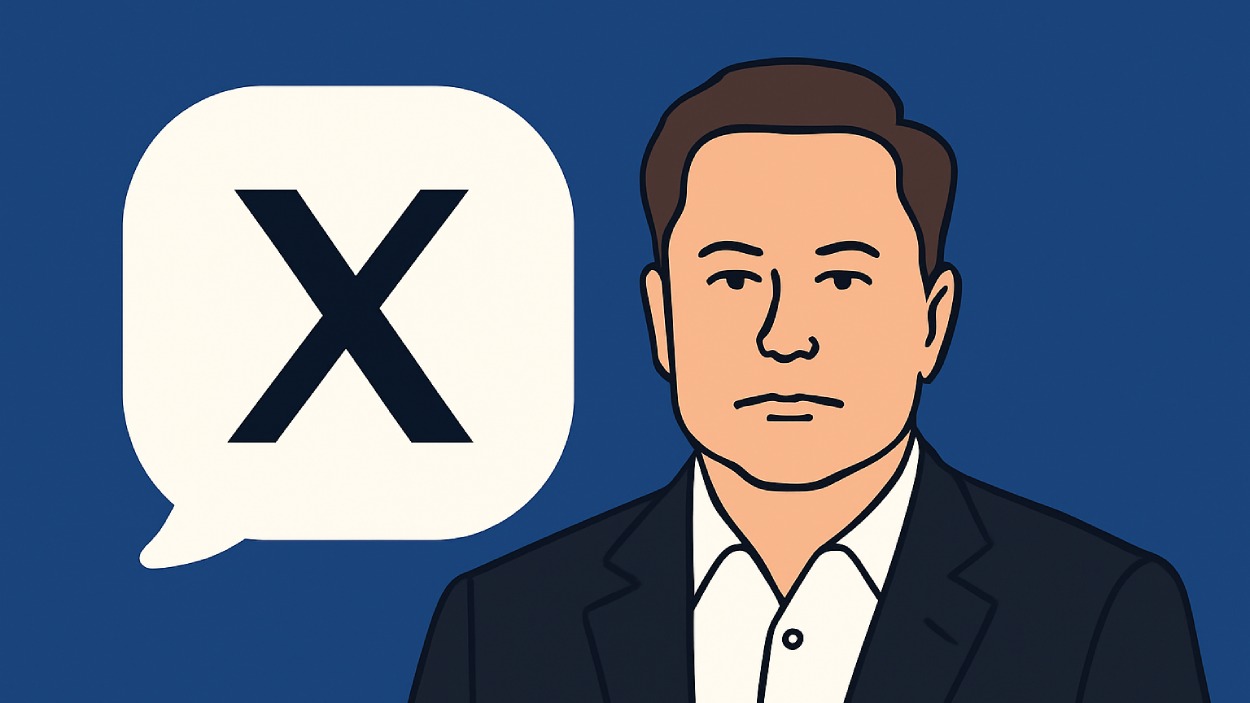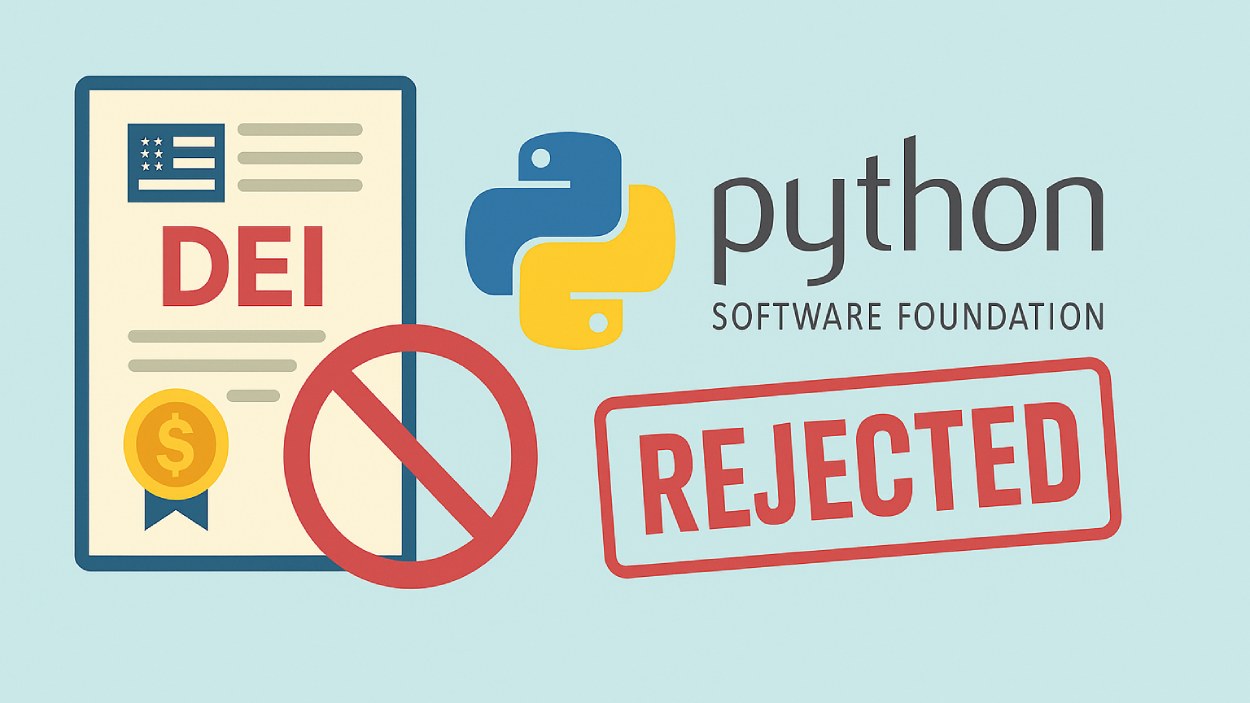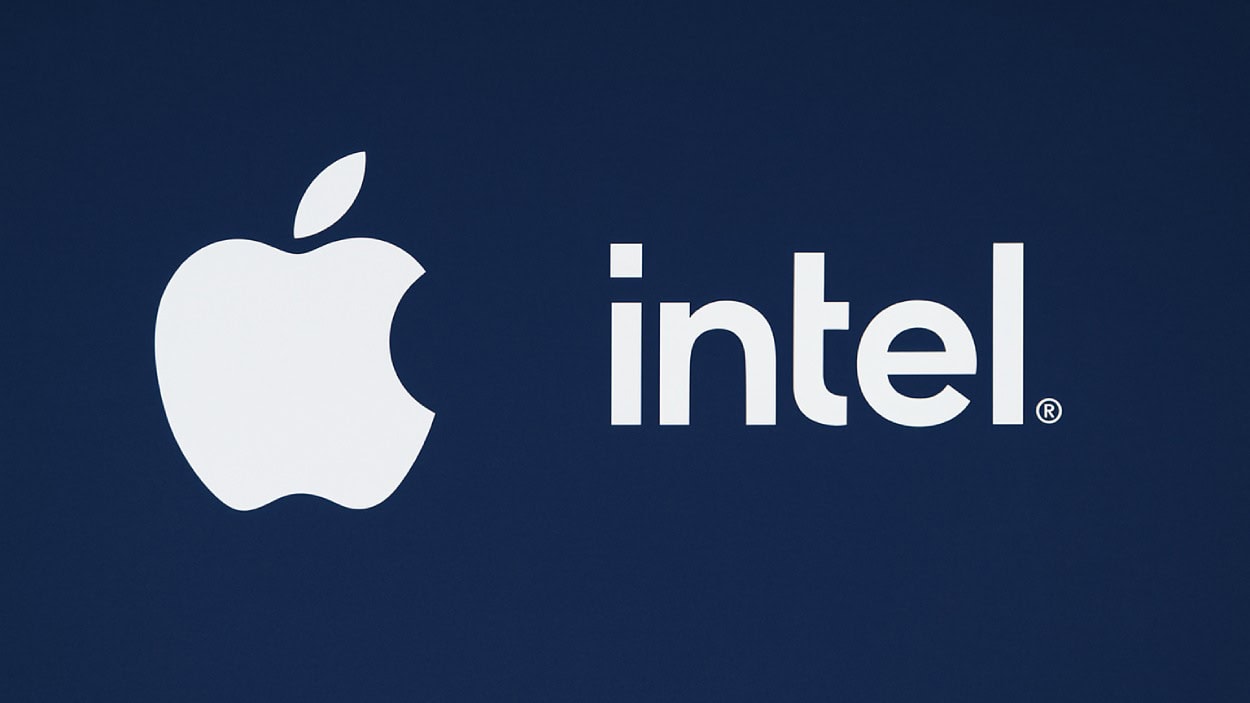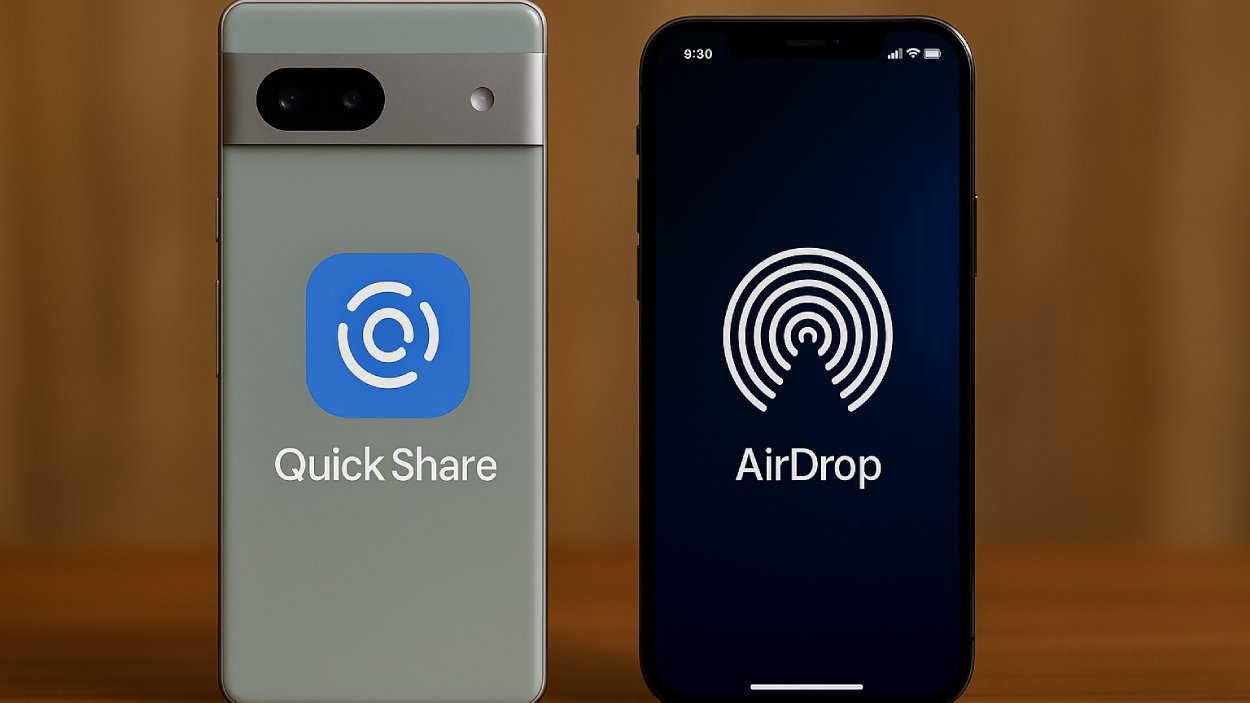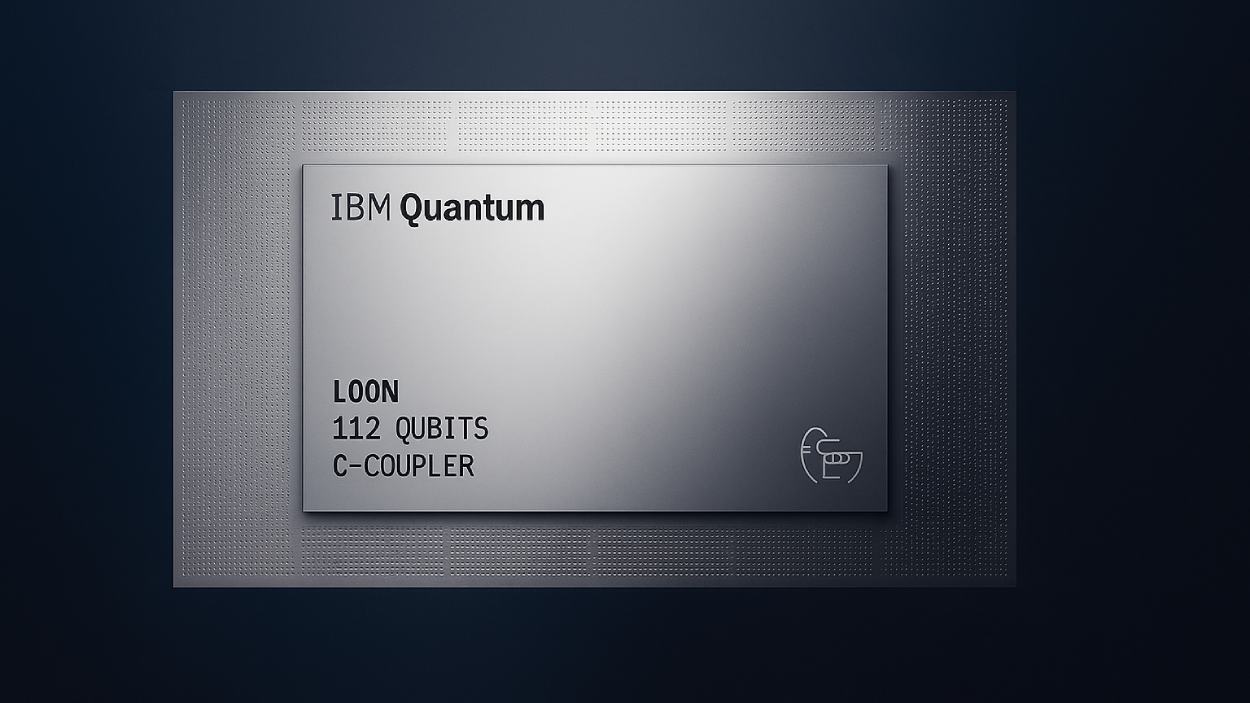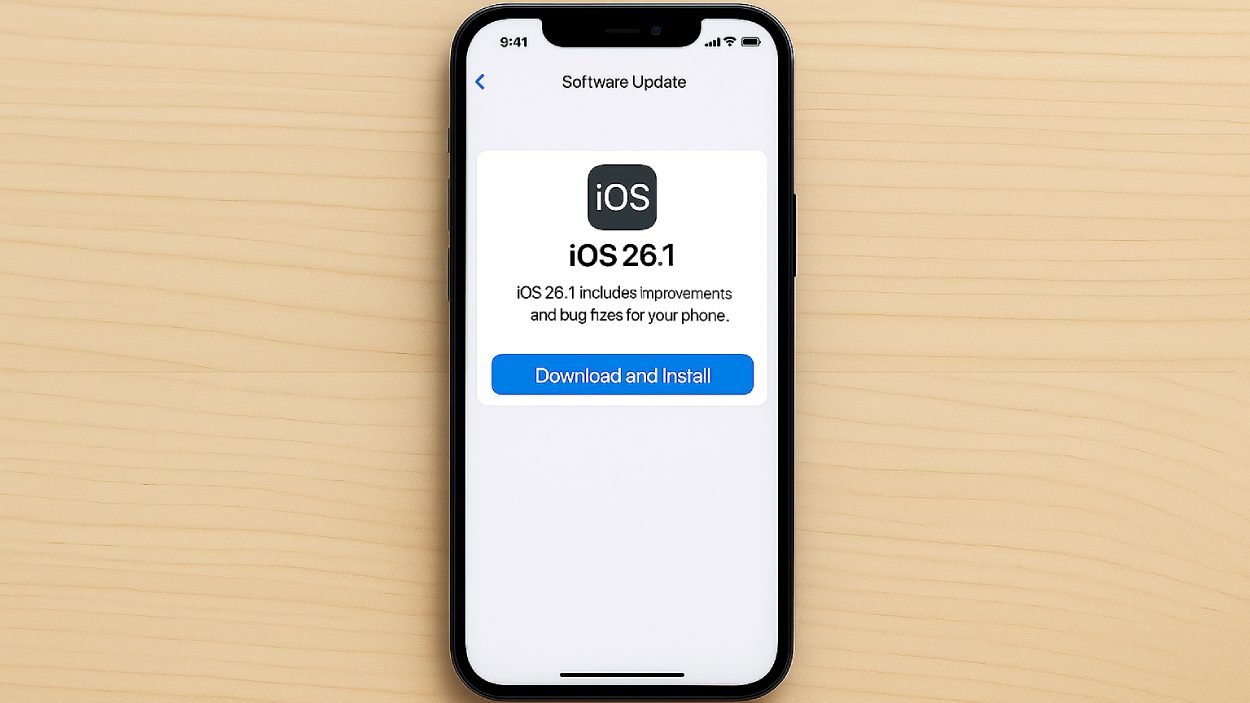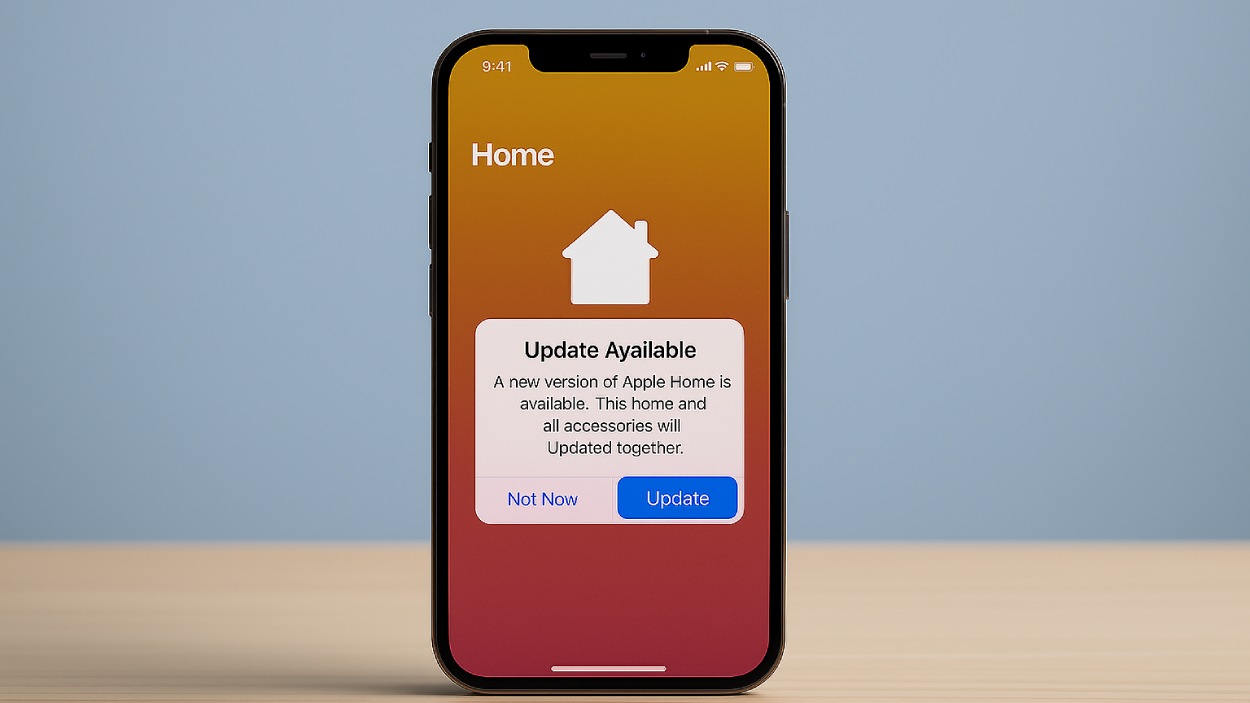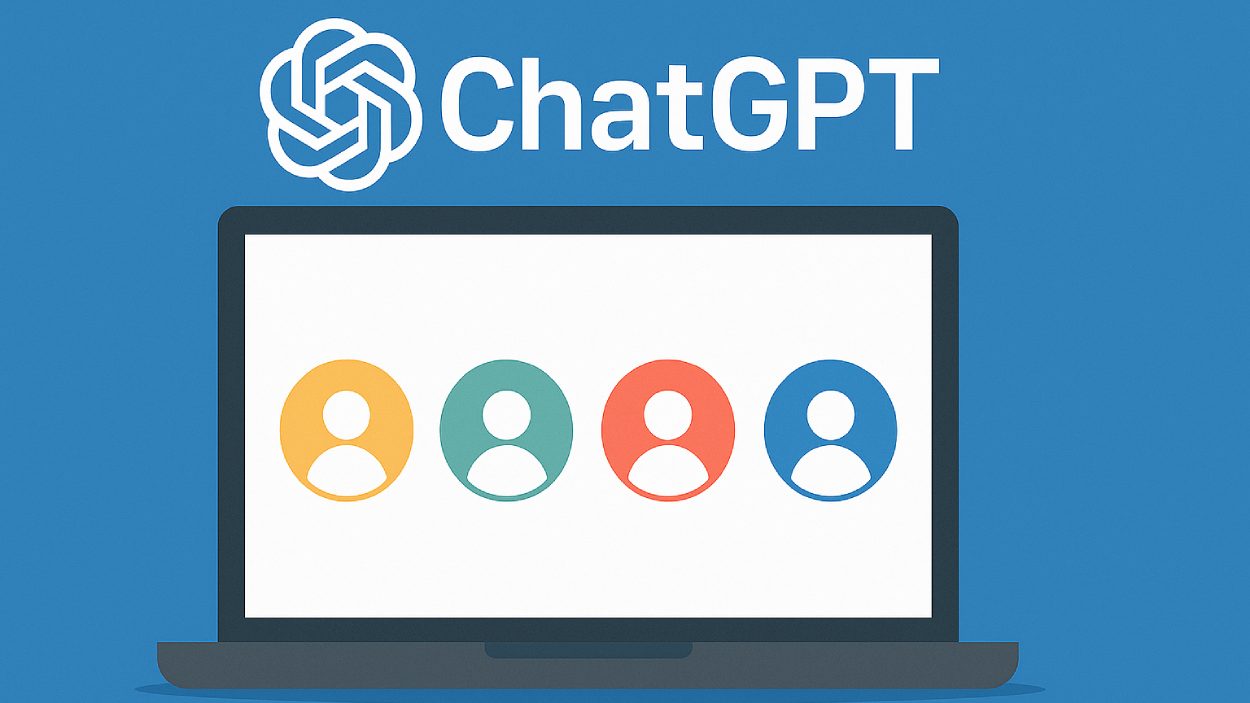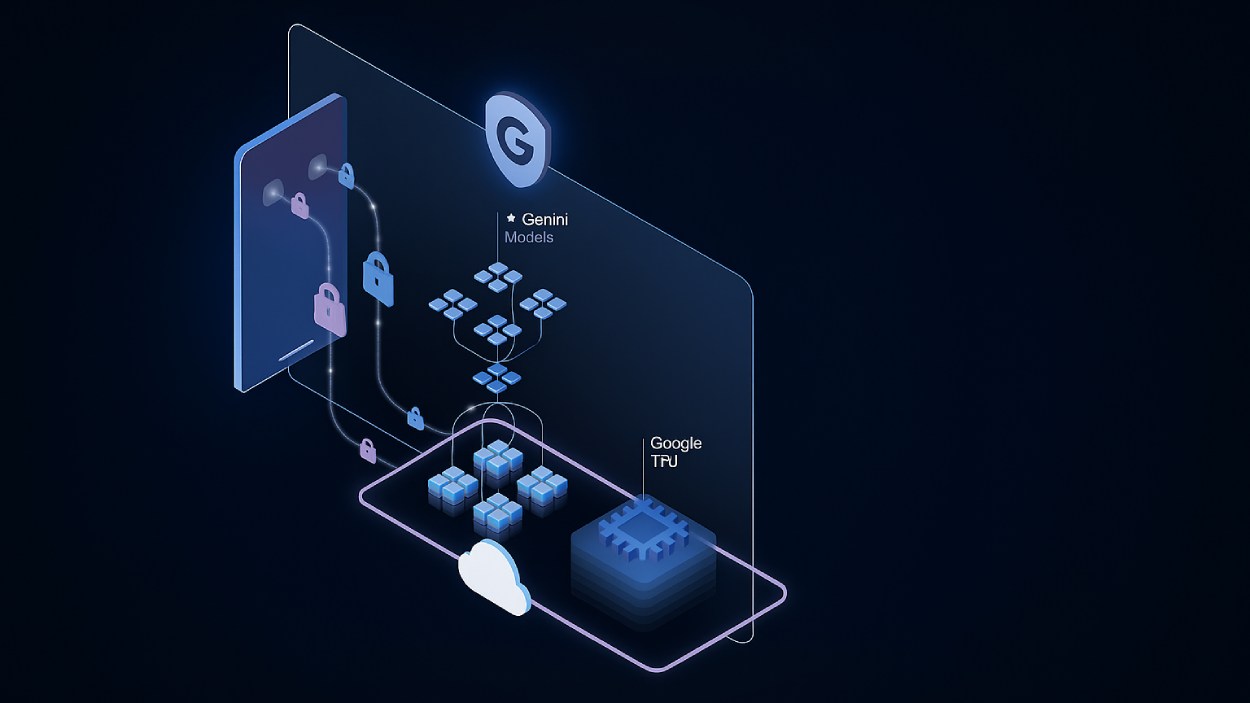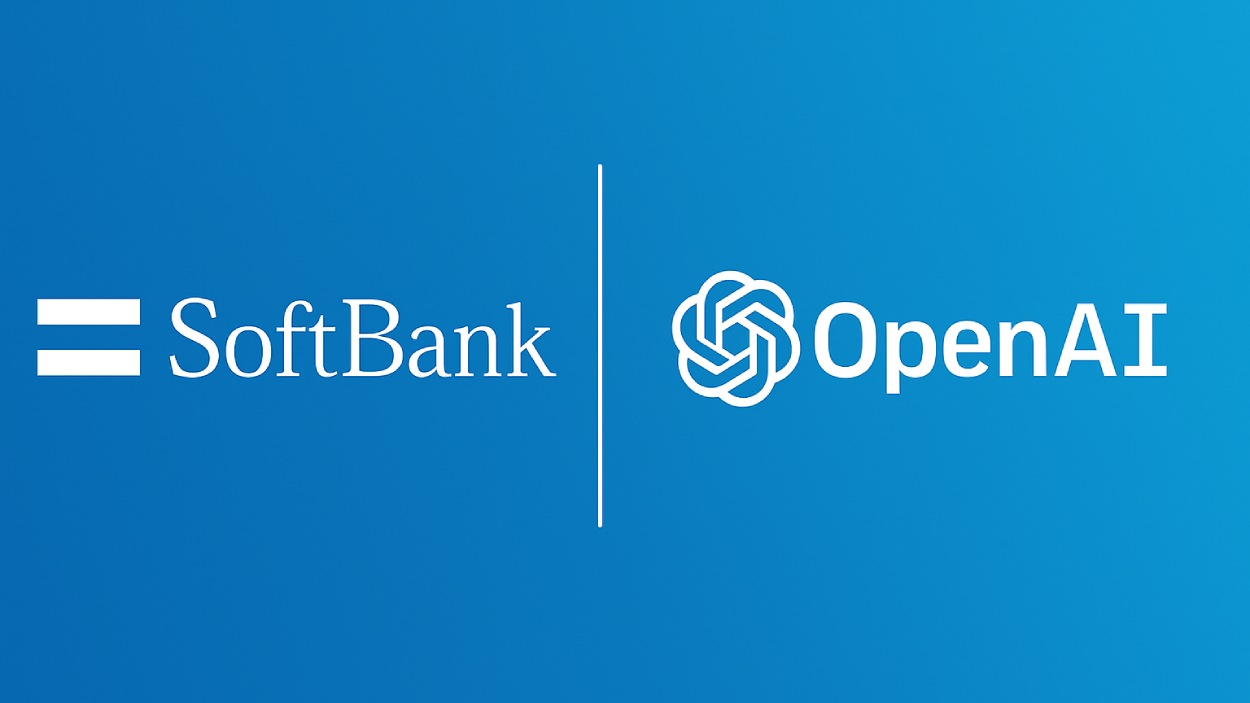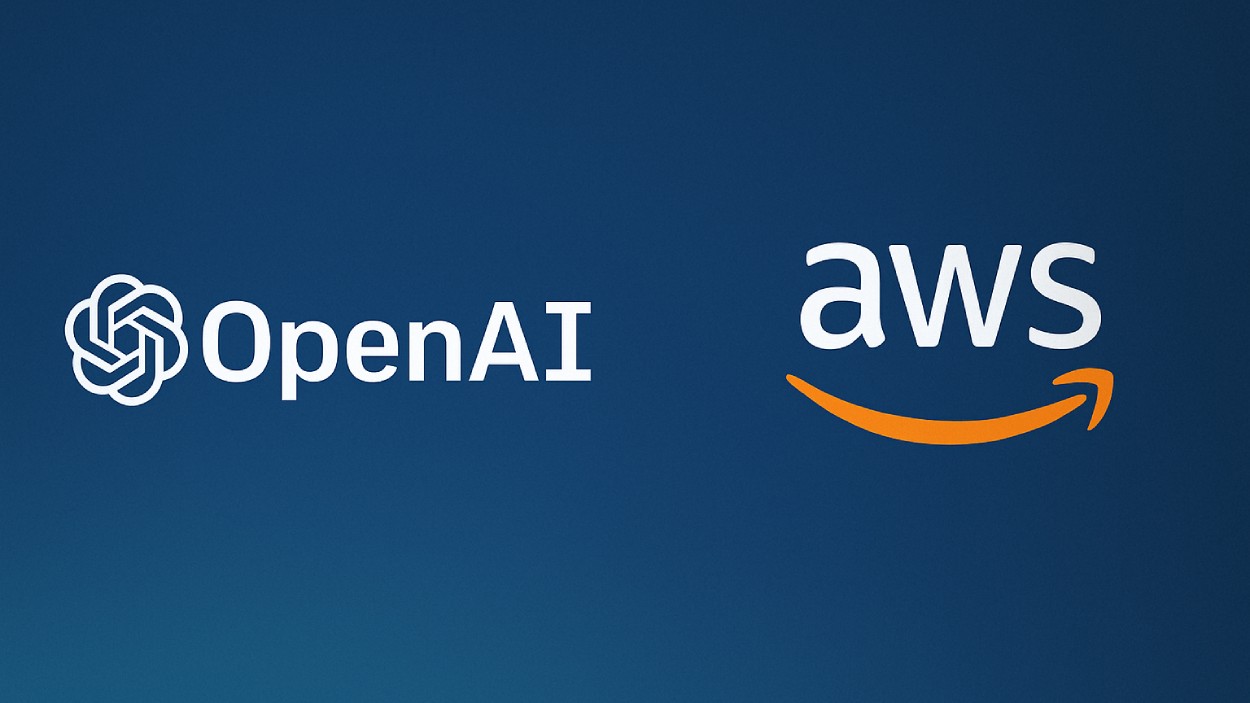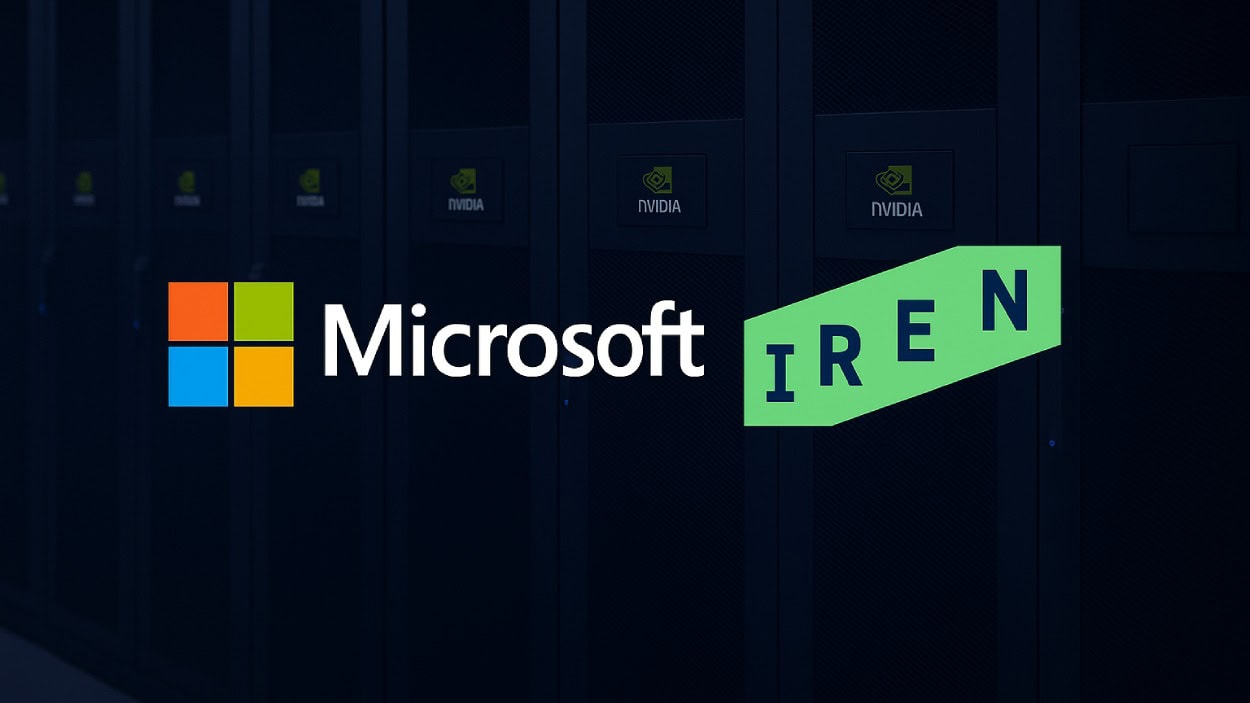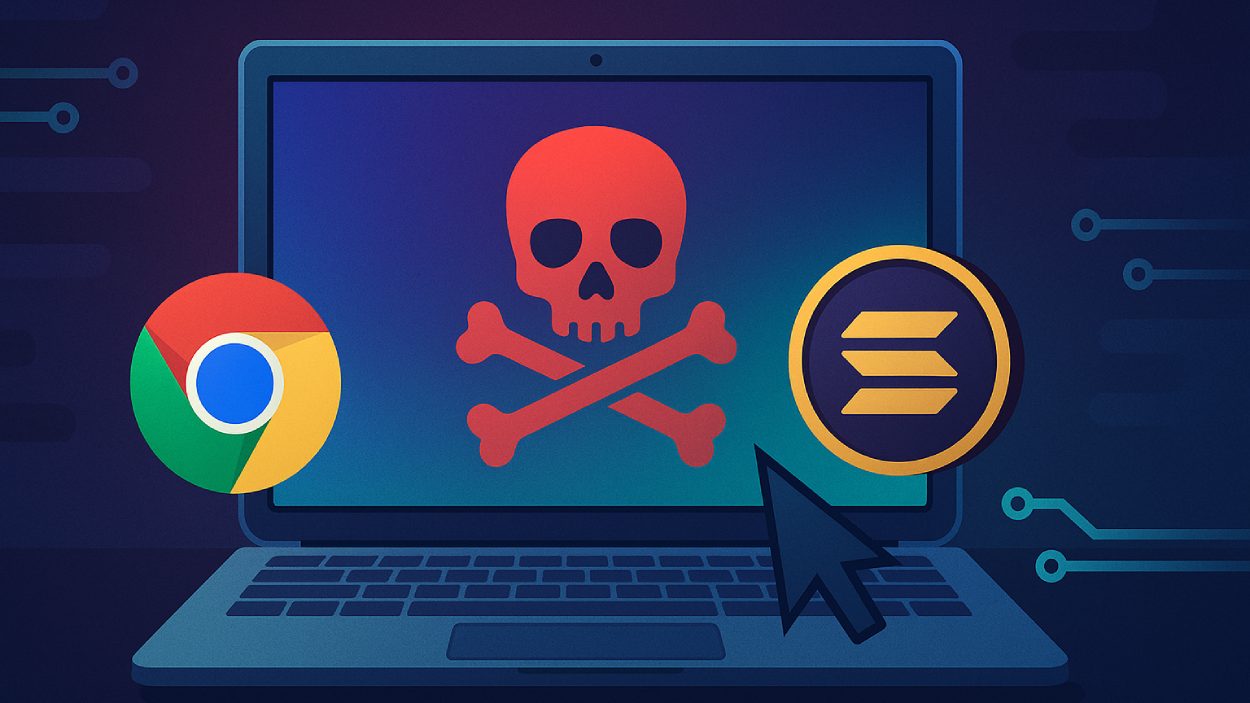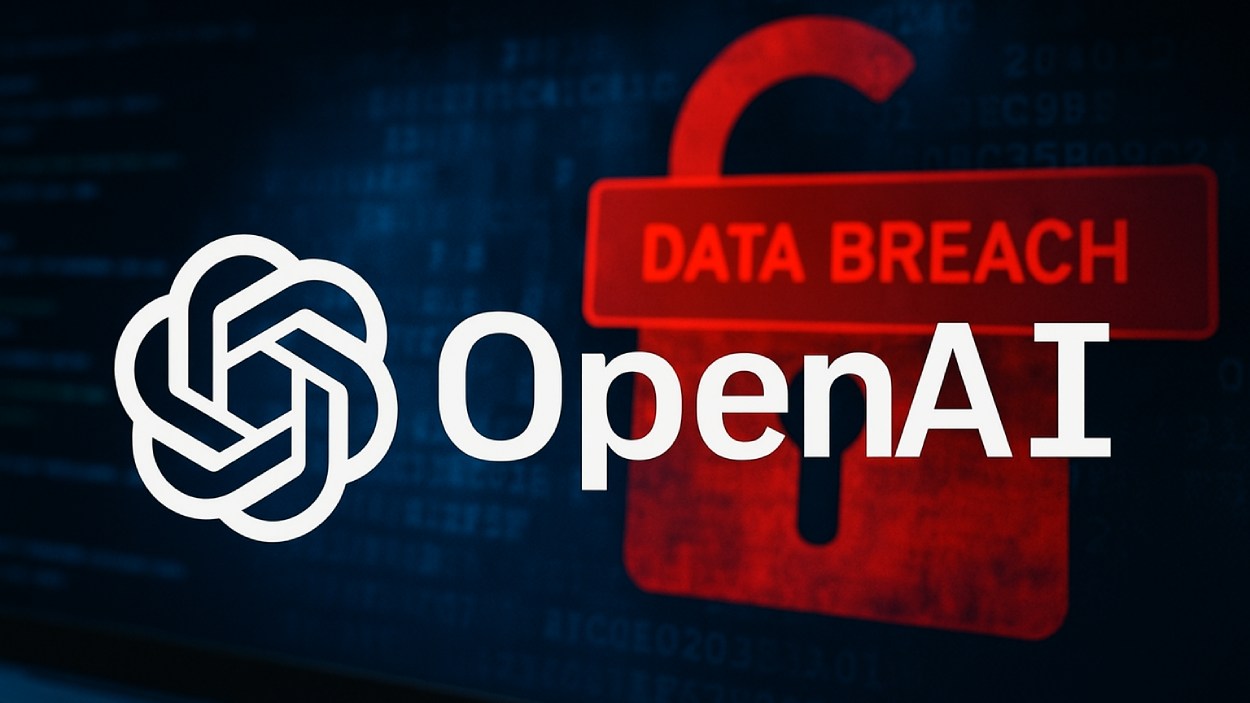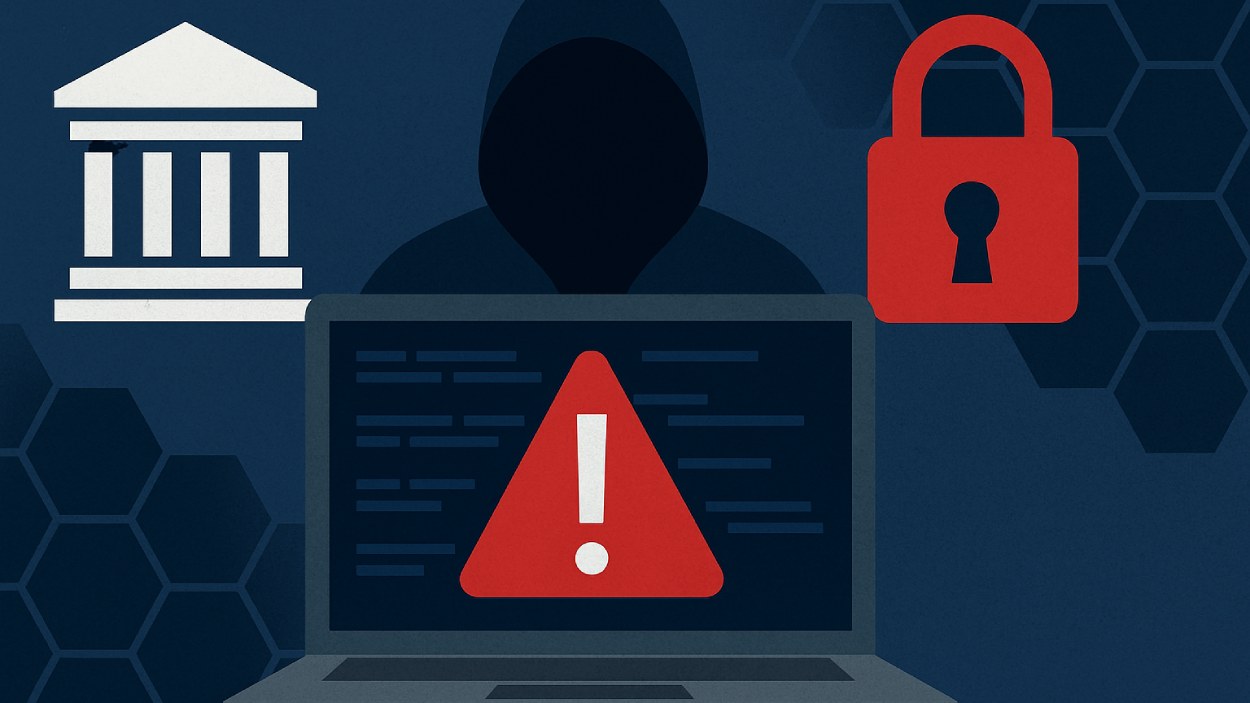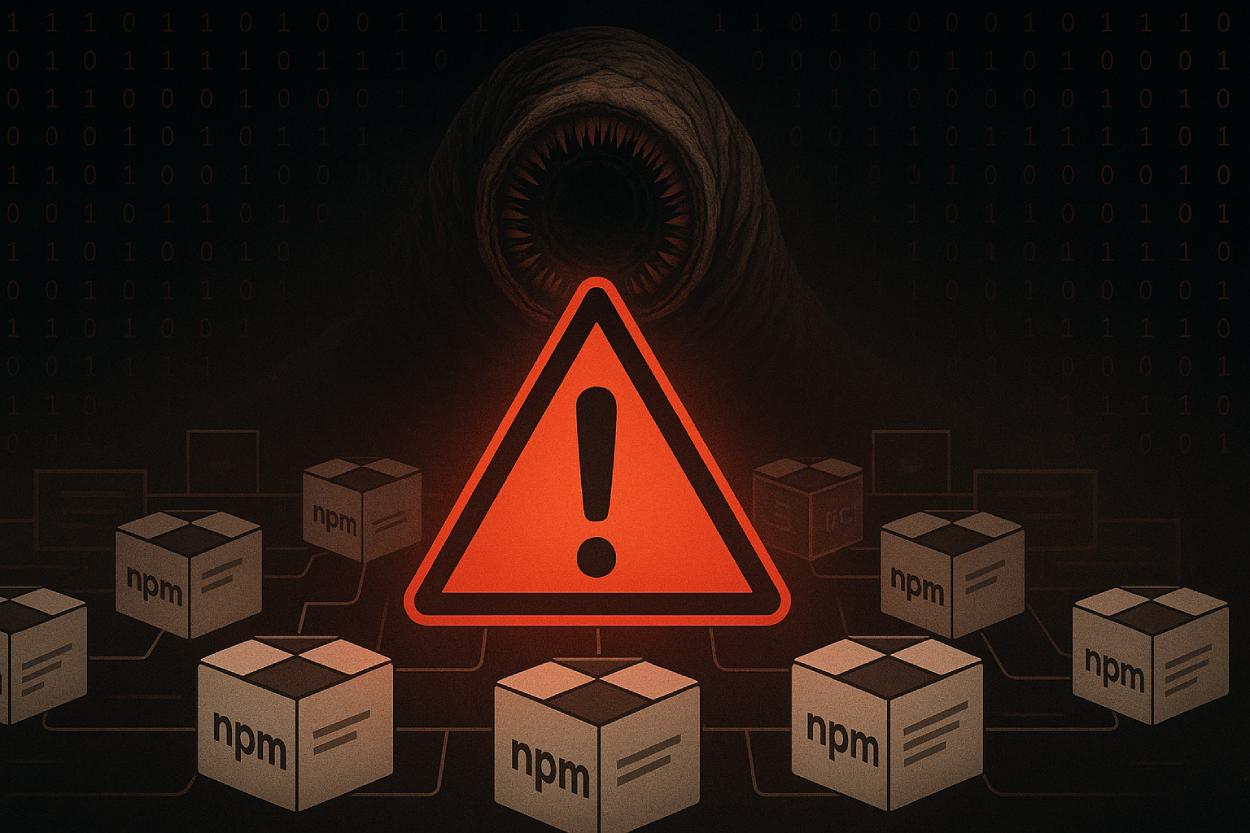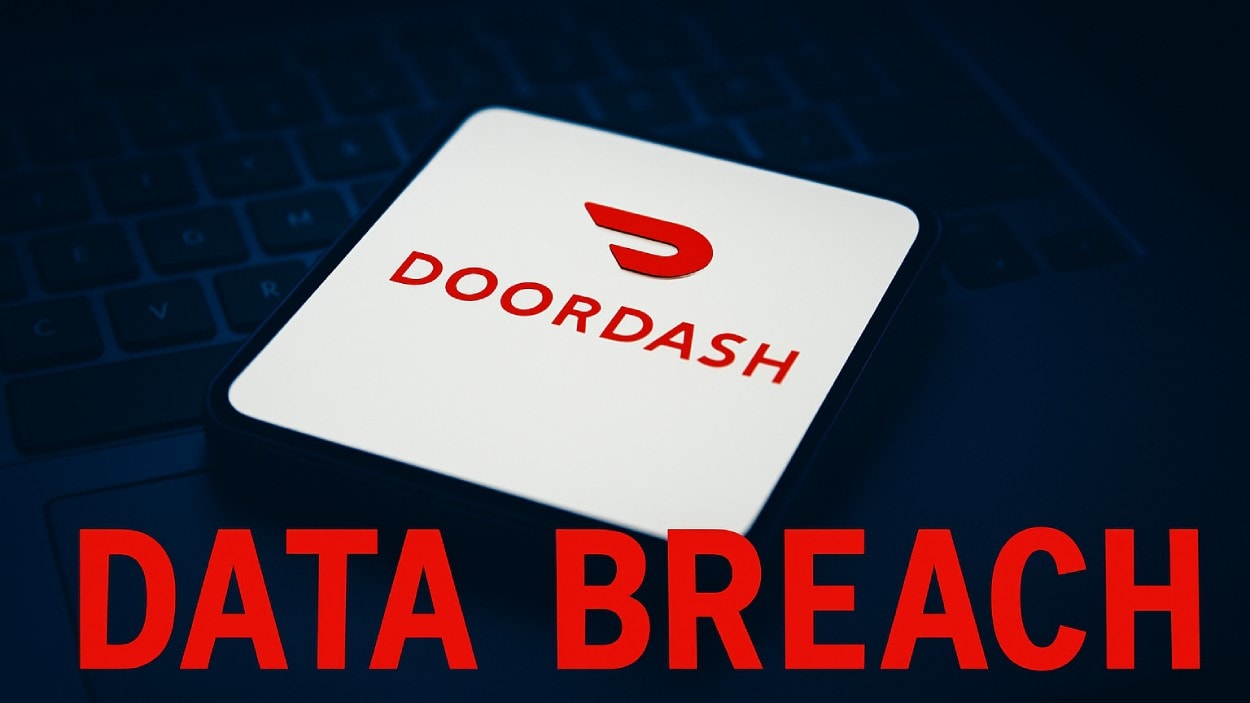Microsoft has revealed an ambitious roadmap to make its entire product ecosystem quantum-safe by 2033, ahead of most global deadlines.
Quick Summary – TLDR:
- Microsoft will complete its quantum-safe transition by 2033, two years ahead of most government targets.
- Post-quantum cryptography (PQC) will be gradually adopted across Windows, Azure, Microsoft 365, AI, and networking services.
- The transition follows a three-phase plan starting with foundational cryptographic components.
- Microsoft is working closely with global standards bodies and governments to align policies and accelerate adoption.
What Happened?
Microsoft has released a detailed roadmap for its Quantum Safe Program (QSP), committing to a full rollout of post-quantum cryptographic protections across all its platforms by 2033. The timeline beats most government-mandated deadlines and marks a significant industry milestone in preparing for the future of quantum computing threats.
The company’s announcement highlights the urgent need for new cryptographic standards to protect sensitive data from potential quantum-enabled cyberattacks, especially from techniques like “harvest now, decrypt later.”
Microsoft’s 3-Phase Plan for Quantum Security

Microsoft’s transition to post-quantum cryptography is being rolled out in three structured phases:
1. Foundation First: Upgrading Core Crypto Libraries
The journey starts with SymCrypt, Microsoft’s core cryptographic library, which now supports ML-KEM (Module-Lattice Key Encapsulation Mechanism) and ML-DSA (Module-Lattice Digital Signature Algorithm) through its Cryptography API: Next Generation (CNG). These upgrades are being tested on Windows Insider builds and are also available for Linux systems via integration with OpenSSL.
SymCrypt now forms the backbone of critical cryptographic functions, including TLS (Transport Layer Security), used for secure communications across Microsoft and third-party systems. Microsoft has also enabled hybrid TLS key exchange compliant with the latest IETF Internet Draft, helping protect against HNDL threats.
2. Core Infrastructure Overhaul
This phase involves modernizing identity, key and secret management, signing systems, and network authentication tools. Microsoft Entra, which handles authentication, is part of this update. These features are set to roll out starting in 2026 and continue into 2029.
Microsoft says this phase targets the most sensitive systems first, offering a strong foundation for future layers of security.
3. Full Ecosystem Coverage
By 2027, Microsoft will begin applying PQC to its entire ecosystem, including Windows, Azure, Microsoft 365, AI services, and data platforms. The goal is full transition by 2033, well ahead of the 2035 targets set by most governments.
Industry Collaboration and Global Policy Alignment
Microsoft’s roadmap is closely aligned with guidance from US government agencies like OMB, NIST, NSA, and CISA, as well as international bodies such as the ISO, ETSI, DMTF, and Open Compute Project. The company has been a longtime contributor to the NIST Post-Quantum Cryptography Project and has collaborated with initiatives like the MITRE PQC Coalition and Open Quantum Safe (OQS).
Notably, Microsoft once tested a quantum-secured VPN between its Redmond campus and an underwater datacenter in Scotland, demonstrating real-world PQC deployments.
A Call to Action for Governments
Microsoft is urging governments to act fast and collaboratively. It recommends:
- Making PQC a national cybersecurity priority
- Aligning strategies across regions to avoid fragmentation
- Supporting international standards like TLS and X.509
- Publishing transparent transition roadmaps
- Investing in workforce training and public awareness
Microsoft believes the transition requires public-private partnerships, and stresses that the work must start now to avoid a last-minute scramble.
SQ Magazine Takeaway
I think Microsoft is doing exactly what a tech leader should be doing right now. Quantum computing could flip our entire cybersecurity model on its head, and waiting around would be a huge mistake. What stands out here is not just the technical depth of Microsoft’s plan, but their clear timeline and willingness to beat the clock. The fact that they are already testing quantum-safe TLS and pushing updates into preview builds shows how serious they are. This isn’t hype. It’s real planning for real risk. If you’re in IT or run infrastructure, this should be a wake-up call to start prepping your systems for the future.

